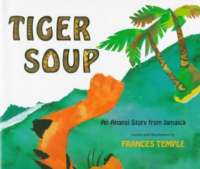
After tricking Tiger into leaving the soup he has been cooking, Anansi the spider eats the soup himself and manages to put the blame on the monkeys.
Catalog sorted by age group

After tricking Tiger into leaving the soup he has been cooking, Anansi the spider eats the soup himself and manages to put the blame on the monkeys.
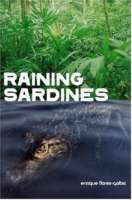
Wealthy landowner Don Rigol practically owns the town. To expand his coffee plantation, he will lay waste the mountain jungle and the secret valley where the ancient breed of Paso Fino horses roams wild. Best friends Enriquito and Ernestina search for a way to save the ponies, ensure justice at a trumped-up trial, and reclaim the mountain for their people. Magical realism
Description in Spanish:La brujita Fua es tan buena como chiquita y siempre ayuda a todo aquel que la necesite. Se alegra cuando los niños se portan bien y baila y ríe cuando los ve contentos. Es una brujita que cree en la acción y que se pinta de tantos colores como buenos sentimientos tiene en su corazón.
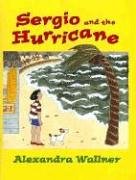
In Puerto Rico, a little boy and his village experience the drama and destruction of a hurricane Sergio lives in San Juan, Puerto Rico. San Juan is usually sunny and peaceful, but one day the sky grows dark and the ocean gets choppy. A hurricane is coming, and Sergio and his family must prepare for the storm. Through the experiences of one little boy, readers will learn about hurricanes and the damage they can do.
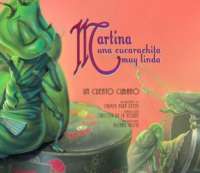
Carmen Agra Deedy delivers this retelling of the Cuban folkltale. Martina the beautiful cockroach doesn’t know coffee beans about love and marriage. That’s where her Cuban family comes in. While some of the Cucarachas offer her gifts to make her more attractive, only Abuela, her grandmother, gives her really useful advice.
Description in Spanish: Es el cumpleaños del San Pedrito y todos en el bosque se ponen de acuerdo para organizarle una fiesta. La alegría se siente en todas las ramas de los árboles; hay música y comida. Pero llega el guaraguao y trata de arruinarlo todo. Sin embargo, la fiesta sigue porque el valiente pitirre le hace frente a este imponente pájaro y logra salvar la velada.
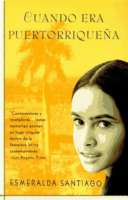
Magia, tensión sexual, comedia e intenso drama se mueven dentro de ésta encantadora pero a la vez dura autobiografía; es la historia de una niña que deja a su pueblo en Puerto Rico por la atracción de Nueva York, y una oportunidad para el éxito. “Clara, calladamente poderosa y muy lírica: una historia de verdadera valentía.” – Kirkus Reviews
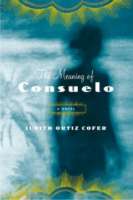
La nina seria, the serious child. That’s how Consuelo’s mother has cast her pensive, book-loving daughter, while Consuelo’s younger sister Mili, is seen as vivacious–a ray of tropical sunshine. Two daughters: one dark, one light; one to offer comfort and consolation, the other to charm and delight. But something is not right in this Puerto Rican family. Set in the 1950s, a time when American influence is diluting Puerto Rico’s rich island culture, Consuelo watches her own family’s downward spiral. It is Consuelo who notices as her beautiful sister Mili’s vivaciousness turns into mysterious bouts of hysteria and her playful invented language shift into an incomprehensible and chilling “language of birds.” Ultimately Consuelo must choose: Will she fulfill the expectations of her family–offering consolation as their tragedy unfolds? Or will she risk becoming la fulana, the outsider, like the harlequin figure of her neighbor, Mario/Maria Sereno, who flaunts his tight red pedal pushers and empty brassiere as he refuses the traditional macho role of his culture. This affecting novel is a lively celebration of Puerto Rico as well as an archetypal story of loss, the loss each of us experiences on our journey from the island of childhood to the uncharted territory of adulthood.
Americas Award For Children’s And Young Adult Literature. Winner
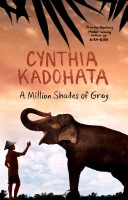
A boy and his elephant escape into the jungle when the Viet Cong attack his village immediately after the Vietnam war. Includes a special note from the author.
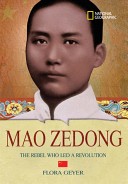
Born in Southern China in 1893, this farmer’s son would rule the world’s most populous country. The young Mao Zedong grew up in a world desperate to break with the ancient rules of the Qing dynasty. Mao challenged convention early in life, and was expelled from school. He joined China’s new Communist Party, and led China’s historic revolution. Hailed by many as a truly liberating hero, others demonized him as a brutal monster. This biography outlines the revolutionary life of the first leader of the People’s Republic of China and sets his march to power in the context of world history.